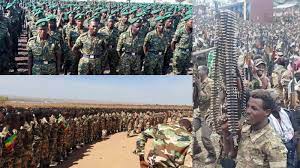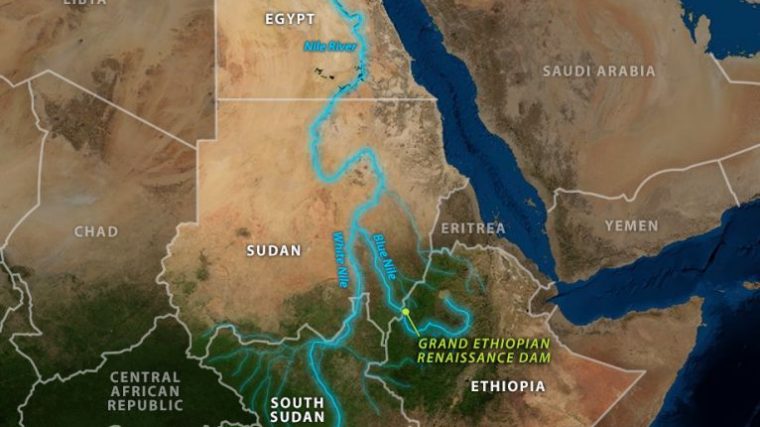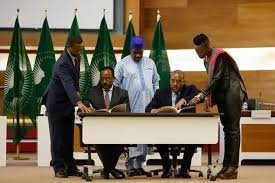Ethiopia intends to integrate all regional special forces either into the national army, or the federal or regional police, according to a government’s statement on Thursday, whereby the move will likely be perceived as an attempt to diminish the autonomy of individual regions.
Ethiopia is organized in 10 regions that enjoy a degree of autonomy, ranging from having their own regional army to the right to use their own language. “The government has set a direction to build one strong and centralized army…it has started practical steps that will allow special forces of every region to be integrated into different security structures,” the government said.
Hours before the announcement, clashes were reported between national and regional forces and Amhara Special Forces’ units brought about by a refusal of the latter to surrender weapons as part of the integration process. Amhara forces backed Prime Minister Abiy Ahmed’s federal troops against rebellious forces in northern Tigray when conflict erupted there in 2020.
While the conflict in the Tigray region initially involved only the Tigray People’s Liberation Front (TPLF) and the Ethiopian National Defense Force (ENDF), it quickly drew in other national and international actors, including Eritrean forces and also regional defense forces, most notably those from the Amhara region.
Beyond establishing a cessation of hostilities between the TPLF and ENDF, the November 2022 peace agreement also includes measures intended to reintroduce normality into the Tigray region, including the withdrawal of all outside forces from Tigray. But the mounting concerns over Amhara’s increasingly independent armed groups are now further complicated by fractures in the allyship between Amhara’s various forces and the Ethiopian federal government. While Amhara forces fought alongside the ENDF throughout the war, the priorities of Amhara’s militias have not always aligned with regional or national governments, says an analysis by The Global Observatory that is published by the International Peace Institute.



